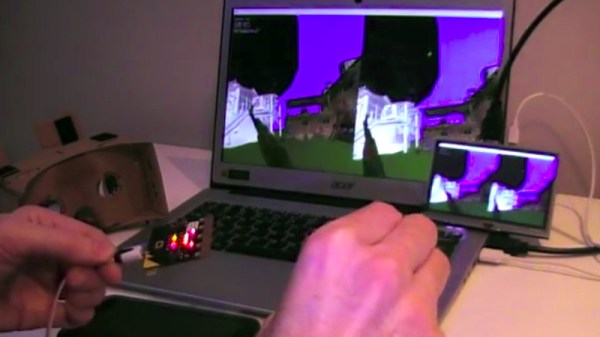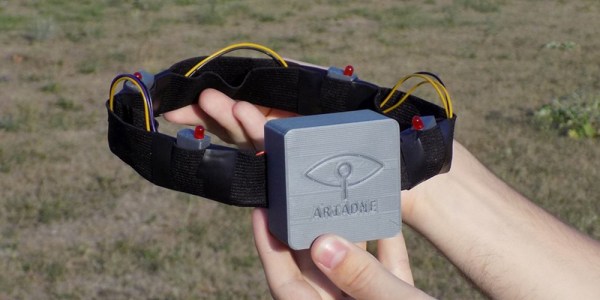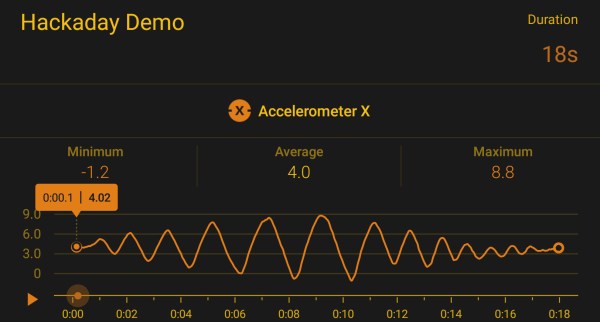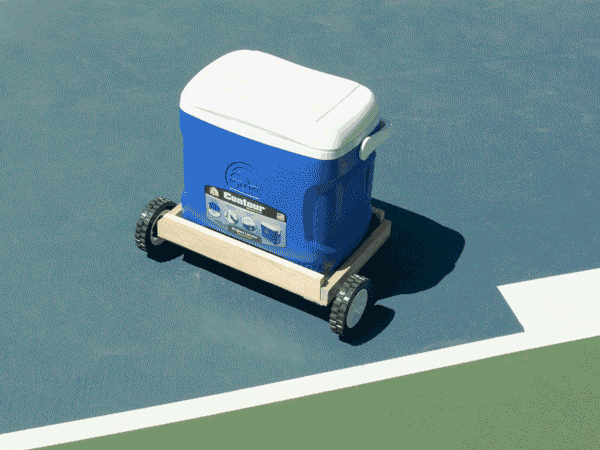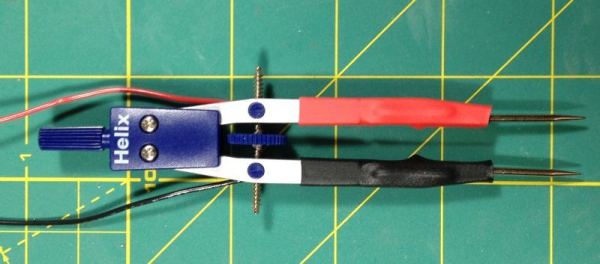Virtual reality systems have been at the forefront of development for several decades. While there are commercial offerings now, it’s interesting to go back in time to when the systems were much more limited. [Colin Ord] recently completed his own VR system, modeled on available systems from 20-30 years ago, which gives us a look inside what those systems would have been like, as well as being built for a very low cost using today’s technology.
The core of this project is a head tracker, which uses two BBC Microbits as they have both the accelerometer and compass needed to achieve the project goals. It is also capable of tracking an item and its position in the virtual space. For this project, [Colin] built everything himself including the electronics and the programming. It also makes use of Google Cardboard to hold the screen, lenses, and sensors all in the headset. All of this keeps the costs down, unlike similar systems when they were first unveiled years ago.
The ground-up approach that this project takes is indeed commendable. Hopefully we can see the code released, and others can build upon this excellent work. You could even use it to take a virtual reality cycling tour of the UK.

